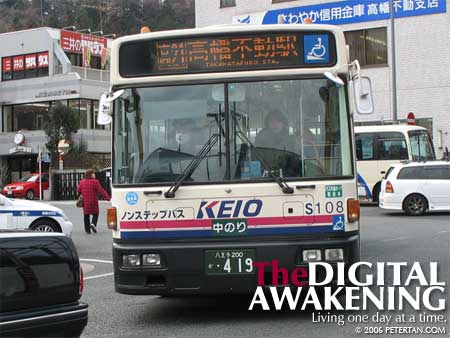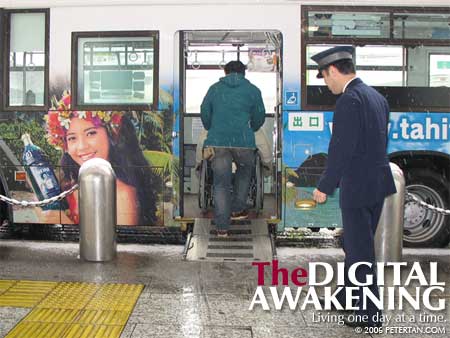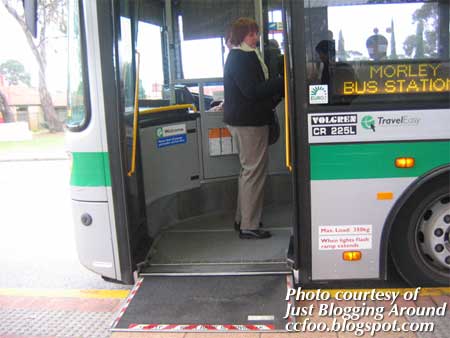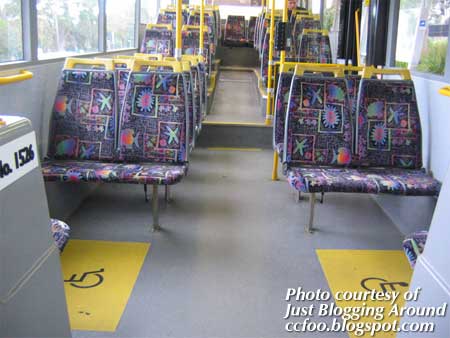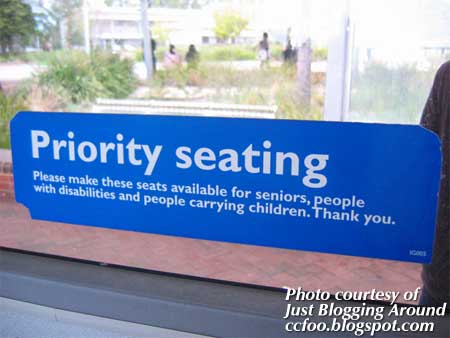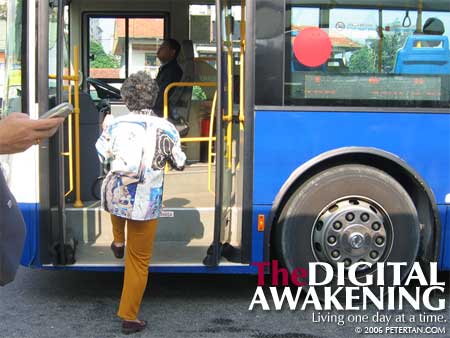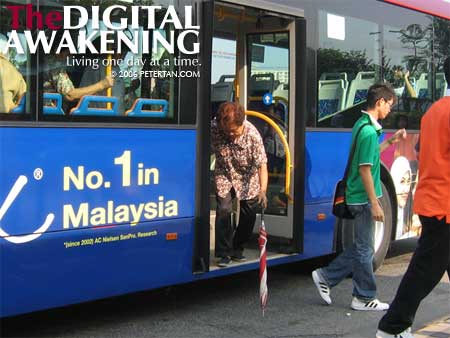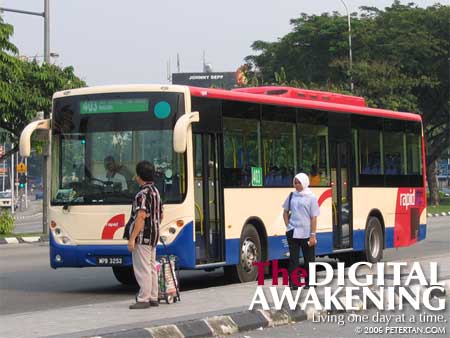The Star – August 5, 2006: Letters To The Editor
Make Penang monorail system barrier-free
AS a Penangite, I am elated by your front-page report, “Projects for Penang given the green light” (The Star, Aug 3) that a monorail system is to be built in Penang.
As a wheelchair user, I see this as a potentially convenient and affordable option to move around.
The public bus system is in a pathetic state and does not cater to the needs of people like me. Let’s not even talk about the taxis that are now on strike.
It is imperative that the Penang monorail is barrier-free for the disabled persons, senior citizens and pregnant women who constitute a substantial segment of our society.
There is a real need for ramps and elevators for our convenience.
There should be no excuse not to make the monorail system accessible to all. The Kelana Jaya Line is a fine example of a barrier-free rail system.
Likewise, the KLIA Express is fully accessible and has foldable seats to accommodate wheelchair users.
In January, the Social Welfare Department and the Japan International Cooperation Agency sent me and two other wheelchair users to Tokyo for training on independent living.
What impressed me most was that I could go anywhere around Tokyo by using the monorail, trains, subways and buses with little or no difficulty.
It was very common to see the severely disabled using electric wheelchairs around train stations in Tokyo.
I enjoyed the liberation of being able to move freely in a foreign city. When I returned, I experienced a reverse culture shock.
Public transportation in Malaysia is mostly inaccessible to wheelchair users. It is ironic that I felt very confined in my own country.
Our neighbouring countries, Singapore and Thailand, are adding elevators to their city rail systems in stages.
They have recognised the need for such facilities. It would have cost a lot less had the elevators been incorporated into the initial structure.
We should not make the same mistake in Penang.
Apart from making the monorail system accessible, the authorities need to look into making the area around the stations and other support services barrier-free too.
Walkways, pedestrian crossings and ramps must be free from obstacles that may endanger users and prevent them from reaching the stations.
A system of non-step and low-floor feeder buses should be put in service to complement the monorail.
PETER TAN,
Pro tem president,
Society for Independent Living Penang.
Below is the original text of the letter that I sent:
RE: BARRIER-FREE PENANG MONORAIL
As a Penangite, I am elated by your front page news (Projects for Penang given the green light – The Star, Aug 3) that a monorail system is to be built in Penang. As a wheelchair user, I see this as a convenient and affordable option to move around. The public bus system is in a pathetic state and does not cater to the needs of people like me. Lets not even talk about the taxis that are currently on strike.
As I have stated in my blog (http://www.petertan.com/blog/2006/08/03/training-my-sights-on-the-penang-monorail/), it is imperative that the Penang Monorail is barrier-free from Day One. Accessible facilities should not be added as an afterthought or included as a special feature. Disabled persons, senior citizens and pregnant women constitute a substantial portion of our society. There is a real need for ramps and elevators for our convenience.
There should be no excuse not to make the monorail system accessible to all. The Kelana Jaya Line, formerly known as Putra-LRT, is a fine example of a barrier-free rail system. Likewise, the KLIA Express is fully accessible and has foldable seats to accommodate wheelchair users.
In January this year, the Jabatan Kebajikan Masyarakat and the Japan International Cooperation Agency sent me and two other wheelchair users to Tokyo for training on Independent Living. What impressed me most was that I could go anywhere around Tokyo by using the monorails, trains, subways and buses with little difficulty.
It was very common to see the severely disabled using electric wheelchairs around train stations in Tokyo. Personally, I enjoyed the liberation of being able to move freely in a foreign city. When I returned, I experienced a reverse culture shock. Public transportation in Malaysia is mostly inaccessible to wheelchair users. I felt very confined.
Our neighbouring countries, Singapore and Thailand, are adding elevators to their city rail systems in stages. They have recognised the need for such facilities. It would have cost a lot less had the elevators been incorporated into the initial structure. We should not make the same mistakes in Penang.
Apart from just making the monorail system accessible, the authorities need to look into making the vicinity around the stations and other support services barrier-free too. It would be ironic that walkways and pedestrian crossings leading the stations are full of obstacles that may endanger users.
A system of non-step and low-floor feeder buses should be put in service to complement the monorail. This will make it a complete transportation system that everyone can use. This is what my disabled friends and I would like to see in the Penang Monorail.

